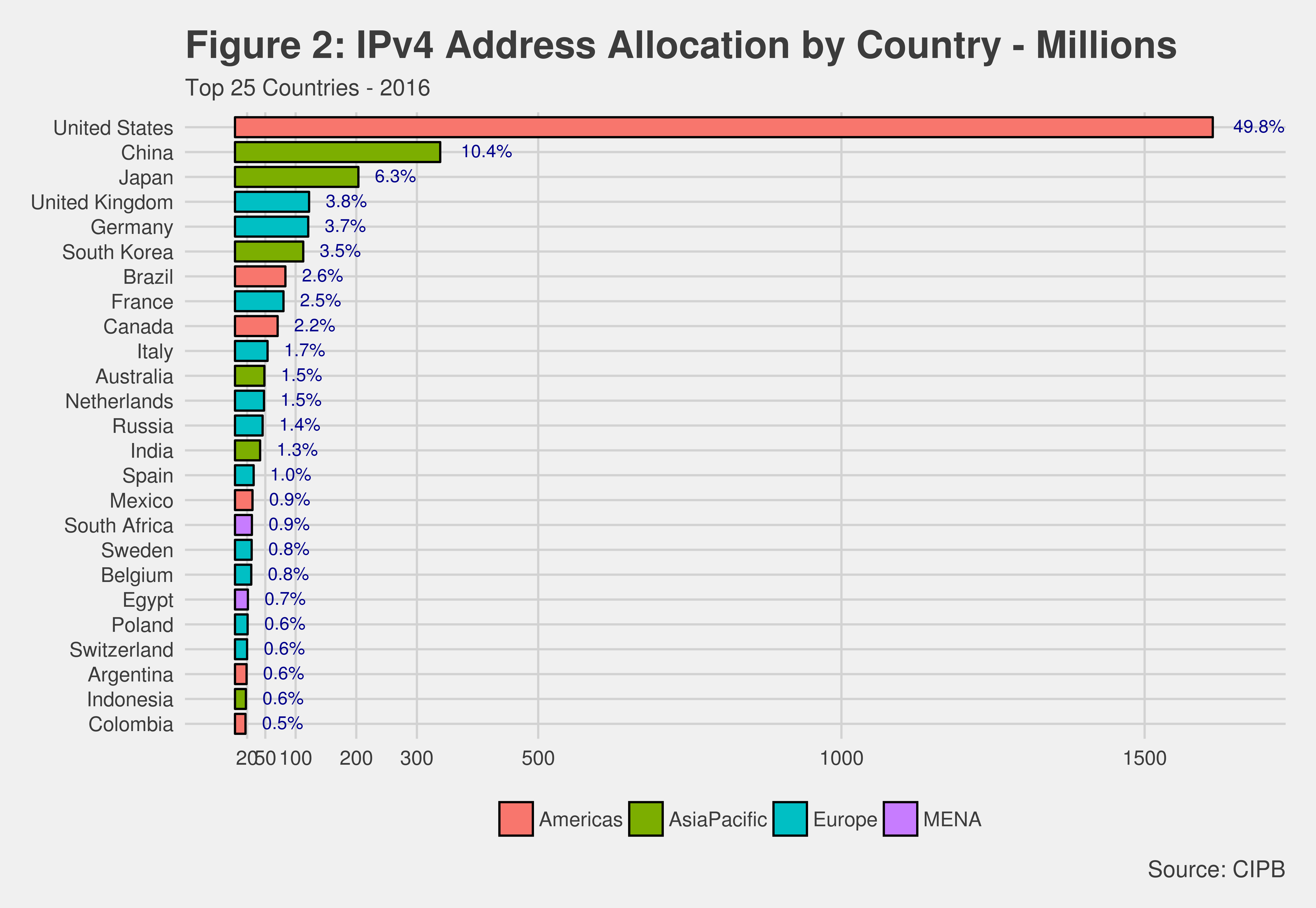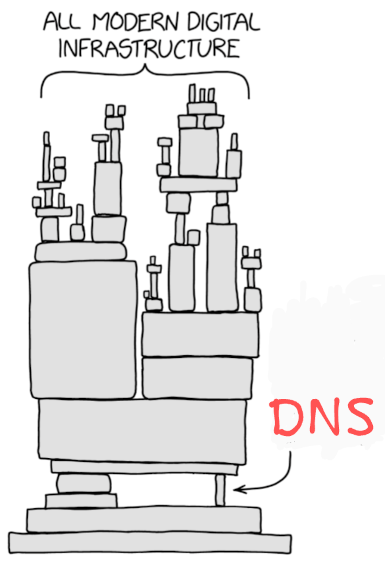

🎶 the love bug is a little old car that we can ride together 🎵


🎶 the love bug is a little old car that we can ride together 🎵


To prepare for use, the barrel holder was required to be removed from the slab-plate and then all 306 empty shells were removed. Then it was proposed to install new cartridges in the barrels. Having reloaded the trunks of one module, the technicians had to do the same procedure with three others.
You have to disassemble, unload, service, reload and then reassemble each barrel. Working on this thing would’ve been awful and rearming the system would’ve taken forever. On top of that, it was basically useless:
Thus, shooting from the XM215 MBG installation led to very specific results. Light bullets with insufficient speed immediately after leaving the trunks fell under the air flow from the rotor. This combination of factors led to the fact that the bullets flew in a downward trajectory and fell to the ground closer than expected by the calculations. In addition, depending on the height of the helicopter, by the time of the fall they could lose most of the already small energy. Because of this, the effective aimed fire range was limited to only a few meters, after which the behavior of the bullets became unpredictable.
And a hazard to your own troops:
Tests have also shown that the XM215 Multiple Barrel Gun system can pose a danger to its own soldiers on the ground. In certain cases, when shooting from a low altitude, uncontrollably falling bullets could hit not only the enemy, but also their fighters. This problem was also aggravated by the characteristics of piloting helicopters at low altitudes: even small movements of the helicopter could lead to new risks.


You could always try Red Star OS


Ah, I didn’t actually look at the Aoostar device you mentioned in your post… yeah you probably don’t want to run TrueNAS on that, something lighter would be more appropriate.
I do want to point out that in this price range you can get a used PowerEdge tower that will be more capable, reliable, repairable and upgradeable long-term. You can add more drives, more RAM, and even a second processor as your needs grow, plus it has a proper backplane with a physical RAID controller and redundant PSUs. If any of the electronics in that R1N100 fail you have to replace the whole device.
Of course it’s a lot bulkier, so it might not fit your use.


Of course English is spoken in other countries, and other countries have high numbers of internet users, but it does not follow that English is a commonly used language for internet users in other countries. Most Chinese are probably speaking Chinese, most Indians are probably speaking Hindi.
The IPv6 graph you linked shows that adoption is still less than 50%, and I’m not clear on their methodology… does “users that access Google” mean users with Google accounts? or individual users that use google.com? or does it include all of their cloud services? do web servers linking content from Google Ads count? does this data represent mostly end users, or also infrastructure connections?


These graphs do not give an indication of how many users per country there are. There are in fact statistics on that which expectedly show China and India on top.
Well sure, but people from those countries are far less likely to be speaking English, which is why I said:
It is entirely rational to assume that an English-speaking person on the Internet is from the US, given no other information.
The prevalence of internet use in countries with primary languages other than English has no bearing on this statement.
The point of using the IP address statistics is to show that the vast majority of websites on the Internet were created in the US for the US market, and that is still true today.
On a side note, the distribution of addresses is unbalanced but it isn’t “bad”. It is a consequence of a system growing over time. Communications infrastructure cannot pop into existence everywhere all at once, and realistically not many people outside the US had any interest in the internet in 1983.


I would love to see a more recent source if you have one.
Regardless, possession of IP addresses doesn’t change all that much. In the early days a company could buy an entire Class A (1.X.X.X) address space comprising 16million+ addresses for their private use. There are still many companies holding large blocks of addresses, and most of those companies are in the US, and they don’t just give up those addresses.
The point being, there’s significant resistance to redistributing addresses once they’ve been allocated. They don’t change hands terribly often (and keep in mind we’re talking about actual internet addresses, not local network addresses that are being dynamically assigned and NATed across router domains).


My priorities are ease of installation and administration, as well as reliability.
How much of a priority is reliability? How many drives are you running, and how many of them are mirrored or hot spares? or are you running one of the striped RAID levels?
Hard drives are consumables and should be expected to fail. Data redundancy is a fundamental requirement for reliability. Probably everything else in the server is disposable/replaceable, but the data isn’t.
TrueNAS makes management of mirrored drive pools easy, and frankly 1:1 mirroring is the most sane way to handle redundancy (vs. parity striping), and you should always have at least one hot spare in the pool as well. For instance, I have five 8TB drives in a TrueNAS server - two mirrored pairs, and the fifth is a hot spare. I have 40TB of drive space but only 16TB of storage, but when an active drive fails then TrueNAS will automatically bring the hot spare online and copy the data from the mirror of the failed drive onto it and alert me that a replacement drive is needed. This is easy to set up, and TrueNAS also automates SMART testing and will attempt to load balance read & write cycles based on drive age and performance.


This is why:


The US has more allocated IPv4 addresses and more users per allocated IPv4 address than any other country, by wide margins - and IPv6 adoption is not that widespread yet. It is entirely rational to assume that an English-speaking person on the Internet is from the US, given no other information.


I bet GeForce didn’t do the data collection they want, and it was too much trouble to try and shoehorn it in, so they built a new app. I bet there’s user data collection in there related to their AI business.


Never ascribe to malice what can be explained by incompetence.


You say that with such confidence, but the counter disagrees.
We all live in denial of something…

Please refer to this helpful diagram:



Well there’s this place…

Yeah… I wouldn’t use any web based tools if I was working on my own art, or anything commissioned for a customer, or anything copyrighted.
Of course, I wouldn’t use Adobe either after the whole AI thing.


You guys have a middle class?


Rupert Murdoch is to blame for a lot of it.


The biggest question is, do you think your tax percentage will be higher now, or higher in the future? If you think your income might increase later (placing you in a higher tax bracket), or that the government might increase your tax burden later, then it’s better to pay taxes now.


(D), in case anyone was in doubt. Also:
The Car Privacy Rights Act is cosponsored by Senator Elizabeth Warren (D-MA)
Is it sexism? It’s sexism isn’t it.